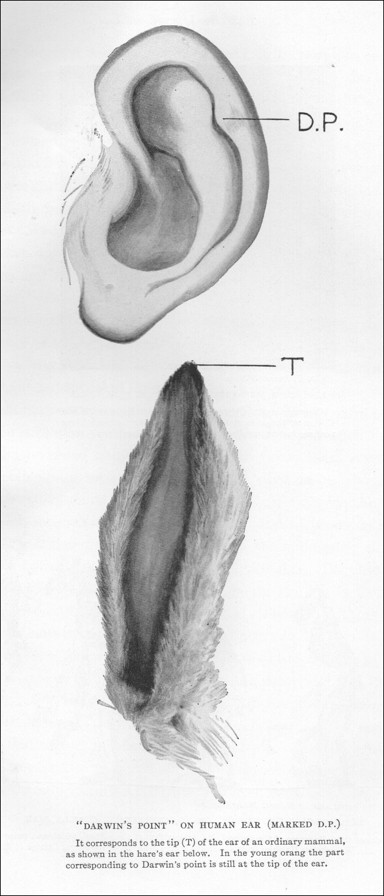Body
Crippled Children

[Click to enlarge]
Sometime we forgot how much civilization has advanced in 90 years. What was common becomes weird.
Of course, at my age I still recall childhood polio as a danger.
Original ad here.
Posted By: Paul - Mon Aug 13, 2012 -
Comments (3)
Category: Body, Feet, Medicine, Advertising, Children, 1920s
Nostril Dominance
People are either right-handed or left-handed. But are people also left-nostriled and right-nostriled? Yes, they are — as reported in an article published in the journal Laterality (Mar 2005). From the study:Result: The present data support these predictions: for both left-handers and right-handers the nostril that had the significantly greater airflow was ipsilateral to the preferred hand almost 60% of the time.
The researchers also discovered that people are pretty much useless at self-determining their own nostril dominance. (i.e. It's very hard to tell which nostril you're breathing more air through.) So they used a gadget that measured airflow into each nostril to get an accurate measure of nostril dominance.

Posted By: Alex - Sat Aug 04, 2012 -
Comments (7)
Category: Body, Science, Experiments
Whiz Soap
Perhaps you recall the commercials with Madge the Manicurist, where she recommended Palmolive soap for its skin-softening qualities.
Well, Madge had nothing on a campaign from early in the century, for Whiz Soap, which informed customers that they could use Whiz to clean, oh, filthy farm equipment, and then use the same stuff for their personal bathing.


[Click to enlarge for readability]
There seem to be lots of antique Whiz containers around for sale, if you want to commemorate this product in your home.

Original ad here.
Posted By: Paul - Sun Jul 01, 2012 -
Comments (4)
Category: Body, Business, Advertising, Products, Baths, Showers and Other Cleansing Methods, 1910s
Darwin’s Point
Do you have a Darwin's point? According to wikipedia (which refers to it as "Darwin's tubercle"), about 10% of the population has one:In some people, such as myself, the point projects outwards rather than inwards, making a kind of elf ear. My wife calls mine my "Spock ear."

Posted By: Alex - Sat Jun 30, 2012 -
Comments (3)
Category: Body
Thinspo

The pro-anorexic board on Pinterest.

The anti-anorexic rival.

The mockers.
Posted By: Paul - Sun Mar 25, 2012 -
Comments (6)
Category: Addictions, Body, Body Modifications, Internet, Strange Websites
The Employment
El Empleo / The Employment from opusBou on Vimeo.
Posted By: Paul - Fri Mar 23, 2012 -
Comments (4)
Category: Body, Humor, Products, Surrealism, Science Fiction, Cartoons
Finger-Lopping
Anthropologist Holly Wardlow did extensive fieldwork among the Huli people of Papua New Guinea. She offers this account of a curious way that Huli women get the upper hand (so to speak) in marital disputes:Source: Wayward Women: Sexuality and Agency in a New Guinea Society
Posted By: Alex - Fri Mar 16, 2012 -
Comments (9)
Category: Body, Body Modifications, Domestic, Misbehavior, Rebellion, Acting-out and General Naughtiness, Foreign Customs
Subtle Body
"To the strains of Fila Brazilia's 'Subtle Body,' a video of consensual power exchange by an Icelandic rubber fetishist freely bound."
Warning: vinyl-swathed Icelandic butt is spanked.
My questions:
1) Did you folks spontaneously interrupt the meal seen upon the table, or is this punishment perhaps either an appetizer or dessert?
2) IN THE DINING ROOM?!? YOU'VE GOT YOUR S&M EQUIPMENT SET UP IN THE DINING ROOM!?!
Posted By: Paul - Mon Mar 05, 2012 -
Comments (6)
Category: Body, Performance Art, Europe
Follies of the Mad Men #176




Here's my concern. Is this a human Sherlock Holmes wearing a can disguise? If so, it's not one of his masterstrokes.
Or is this a living tin can with fleshy appurtenances? In which case, the ad is the stuff of nightmares!
Original ad here.
Posted By: Paul - Sun Feb 26, 2012 -
Comments (5)
Category: Body, Business, Advertising, Products, Literature, Surrealism, 1930s, Fictional Monsters
Smelly Hands



Is this a common problem among ladies?
Original ad here.
Posted By: Paul - Thu Feb 02, 2012 -
Comments (4)
Category: Body, Skin and Skin Conditions, Business, Advertising, Products, Public Humiliation, Unsolved Mysteries, 1930s

| Who We Are |
|---|
| Alex Boese Alex is the creator and curator of the Museum of Hoaxes. He's also the author of various weird, non-fiction, science-themed books such as Elephants on Acid and Psychedelic Apes. Paul Di Filippo Paul has been paid to put weird ideas into fictional form for over thirty years, in his career as a noted science fiction writer. He has recently begun blogging on many curious topics with three fellow writers at The Inferior 4+1. Contact Us |




